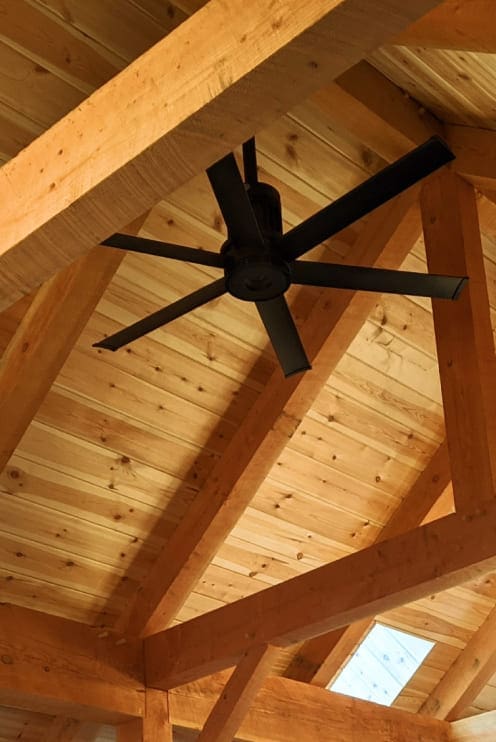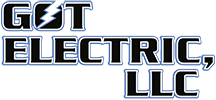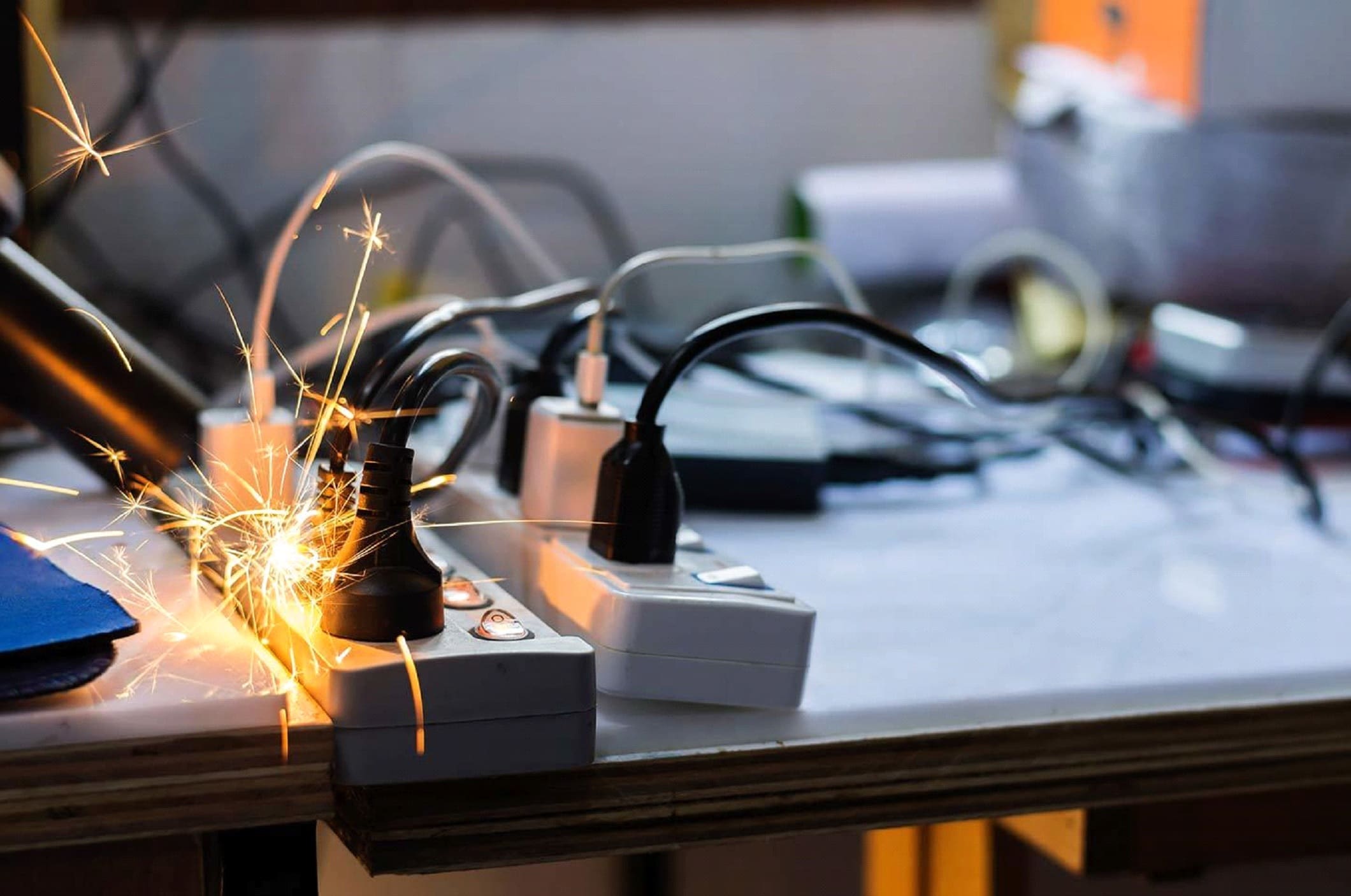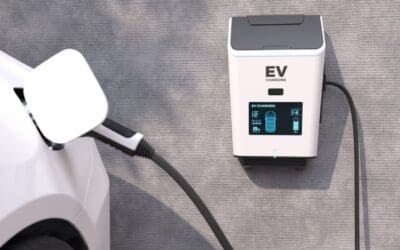In today’s modern world, our daily lives are heavily reliant on electricity. From powering our appliances to charging our devices, electricity is an essential part of our everyday routine.
However, with regular usage, it’s not uncommon to encounter various electrical issues in our households.
While some problems may require professional intervention, there are several common electrical issues that homeowners can troubleshoot themselves.
By understanding these issues and their troubleshooting methods, you can ensure the safety and functionality of your home’s electrical system.
In this blog post, we will delve into some of the most prevalent electrical issues that homeowners often face, providing a comprehensive guide to troubleshooting these issues effectively.
Frequent Circuit Breaker Tripping
A circuit breaker trip is a safety feature that protects your home from electrical overloads. If your circuit breaker trips frequently, it could indicate an overloaded circuit or a short circuit.
A short circuit can occur when hot wires touch each other or the neutral wire. To troubleshoot, unplug some devices from the circuit and check for any frayed wires or damaged cords.
It is crucial to conduct a thorough examination of the affected circuit, inspecting all connected appliances and devices for any signs of damage or malfunction.
If the issue persists, consult an electrician to inspect your electrical panel.
Flickering Lights
Flickering lights can be caused by various factors, such as a poor connection in the circuit, a faulty light bulb, or a loose electrical connection. Start by tightening the light bulb. If the problem persists, check the fixture’s wiring and connections. If you find any loose connections, turn off the power and tighten the connections. It’s essential to pay attention to any signs of wear or damage in the wiring and promptly address any compromised components to prevent further electrical problems. If the issue continues, it’s advisable to seek professional assistance to ensure safety and prevent potential electrical hazards.Energy-Efficient Appliances
Smart appliances, including refrigerators, washing machines, and dishwashers, have ushered in a new era of efficiency by seamlessly integrating with your home automation system. These appliances can communicate with your central smart home hub, allowing them to make intelligent decisions about when to operate. For instance, they can schedule tasks like laundry or dishwashing during off-peak hours when electricity demand is lower, taking advantage of reduced energy rates. This not only helps you save money on your utility bills but also alleviates stress on the electrical grid during peak periods, contributing to overall energy sustainability.Electrical Outlet Not Working
Non-functional electrical outlets are often a result of tripped GFCI outlets, a tripped circuit breaker, or a faulty outlet. Check if the GFCI outlet has tripped and reset it.
If the GFCI is functioning correctly, inspect the circuit breaker to ensure it’s not tripped. If the issue persists, turn off the power and examine the outlet for any visible signs of damage or loose wiring.
Identifying the root cause of such issues and addressing them promptly is crucial for maintaining a reliable and uninterrupted power supply.
Power Surges
Power surges can damage your electronic devices and appliances. Common causes include lightning strikes, faulty wiring, and the operation of high-power electrical devices.
To safeguard your electronics, consider using surge protectors.
These devices can divert excess voltage and protect your sensitive equipment. Additionally, inspect your home’s wiring to ensure it meets safety standards.
Implementing preventive measures such as surge protectors can act as a crucial line of defense against sudden voltage spikes, safeguarding your electronic investments and preventing costly replacements.
Circuit Overload
Plugging too many devices into a single circuit can lead to a circuit overload. This can result in overheating, potential electrical fires, and damage to your appliances.
To avoid this issue, distribute your appliances across different circuits and avoid connecting multiple high-power devices to a single outlet.
Additionally, be mindful of the power requirements of each device and avoid connecting multiple high-power appliances to a single outlet, as this can significantly increase the risk of circuit overloads and subsequent electrical hazards.
And remember, if fixing this issue goes beyond your knowledge and capacity, always consult an expert.
Safeguarding Your Home: The Key to Electrical Peace of Mind
Understanding the nuances of common household electrical issues not only enables homeowners to resolve minor problems effectively but also cultivates a proactive approach to maintaining a secure living environment.
It is imperative to recognize that electrical complications, if left unattended, can potentially escalate into hazardous situations, risking not only property damage but also the safety of the occupants.
When in doubt about any troubleshooting measures or when confronted with recurrent issues, it is highly advisable to promptly consult a certified electrician.
Their expertise can provide comprehensive insights and solutions, ensuring that any underlying electrical concerns are adequately addressed and resolved.
By fostering a culture of attentiveness and addressing electrical issues in a timely manner, homeowners can guarantee the sustained functionality and safety of their household’s electrical infrastructure, thereby promoting a secure and conducive living space for all occupants.
Contact Got Electric LLC at 301-515-8676. Serving Maryland, Virginia, and the DC Metro area to light up your world!
With offices in Ijamsville, MD & Linville, VA, Got Electric offers residential and commercial electric work, including installation, safety inspections, repairs, lighting design, and troubleshooting.
Got Electric also specializes in solar Energy Projects. Our electricians are fully licensed by state and local jurisdiction, ensuring that your electrical projects will be installed to industry and code standards.
Energized by Auxilium Technology






